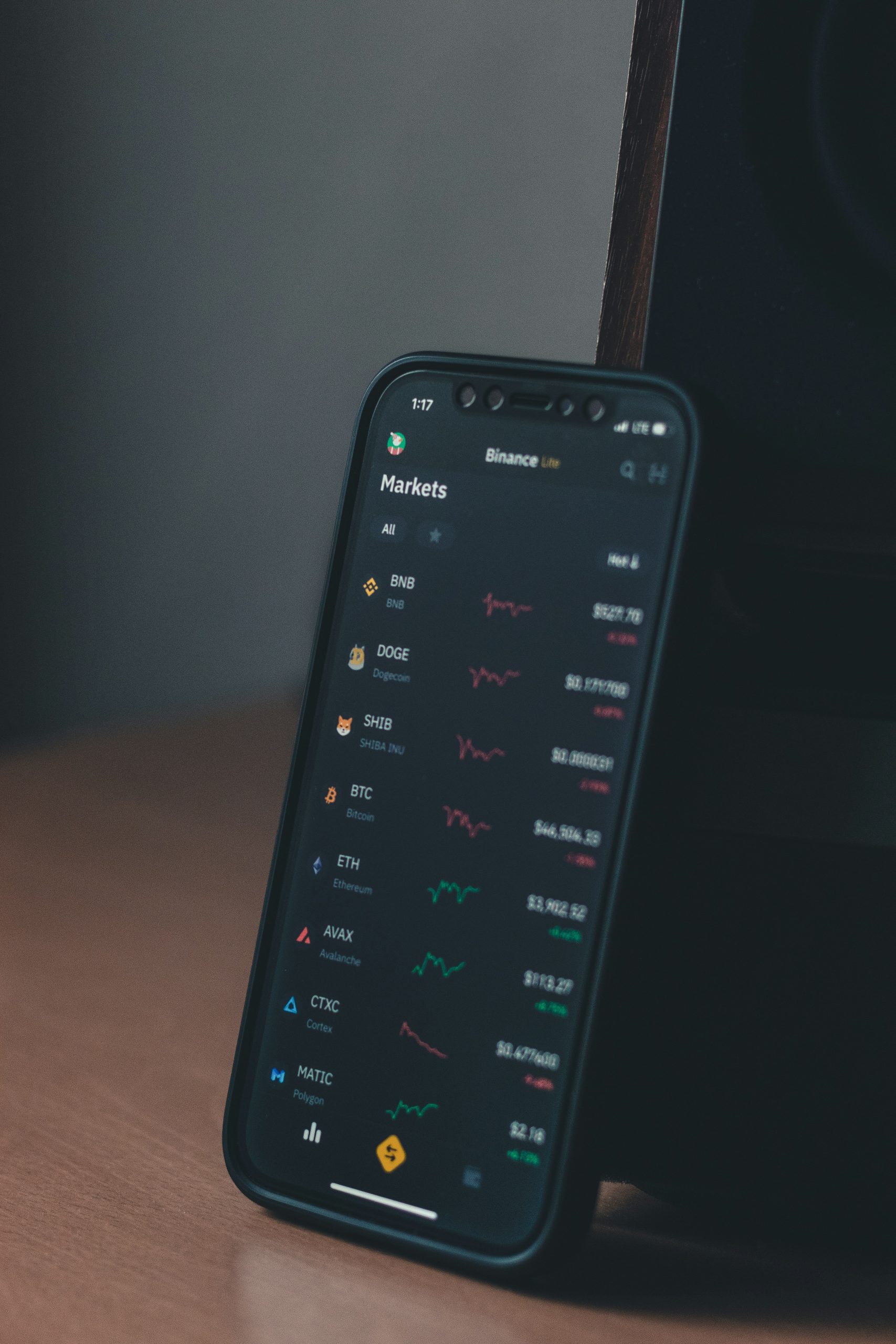Cryptocurrencies for Beginners: A Complete Guide to Understanding, Investing, and Securing Your Assets
By HomeBrasil |

In September 2025, Bitcoin hovers near $100,000, yet many investors lose money due to a lack of knowledge. Cryptocurrencies offer exciting opportunities but come with risks. This guide explains what cryptocurrencies are, how they work, how to invest safely, and what to expect in the current and future market. Whether you’re a beginner or looking to deepen your understanding, this article is for you. Let’s dive in!
What Are Cryptocurrencies? The Basics
Cryptocurrencies are digital currencies powered by blockchain technology, enabling secure, transparent, and decentralized transactions without banks or governments. Bitcoin, launched in 2009 by the pseudonymous Satoshi Nakamoto, was the first. Today, thousands of cryptocurrencies—like Ethereum, Solana, and Cardano—serve diverse purposes, from payments to smart contracts.
Key Features of Cryptocurrencies
- Decentralization: No central authority controls transactions.
- Transparency: Transactions are recorded on a public blockchain.
- Security: Cryptography prevents fraud.
- Accessibility: Anyone with internet access can participate.
Pros and Cons
- Pros:
- Fast, low-cost global transactions.
- High return potential (e.g., Bitcoin gained 80% in 2023).
- Financial inclusion for the unbanked.
- Cons:
- Volatility (prices can drop 20% in hours).
- Regulatory risks (governments are tightening rules).
- Environmental impact (Bitcoin mining uses energy comparable to a mid-sized country).
How Does the Technology Behind Cryptocurrencies Work?
Blockchain: The Core of Crypto
Think of a blockchain as a digital ledger. Each “page” (block) records transactions, linked in an unalterable chain and secured by cryptography. When you send Bitcoin, computers (nodes) in the network verify the transaction, ensuring trust.
Mining vs. Proof-of-Stake
- Mining (Proof-of-Work): Used by Bitcoin, computers solve complex math problems to validate transactions. It’s secure but energy-intensive.
- Proof-of-Stake (PoS): Adopted by Ethereum and Solana, validators “stake” coins to verify transactions, using less energy.
Other Key Concepts
- Wallets: Software (e.g., MetaMask) or hardware (e.g., Ledger) that stores private keys, needed to access your crypto.
- Smart Contracts: Self-executing digital contracts, used in DeFi (decentralized finance) and NFTs, primarily on Ethereum.
| Concept | Simple Description | Primary Example |
|---|---|---|
| Blockchain | Decentralized network of blocks | Bitcoin |
| Smart Contracts | Self-executing contracts | Ethereum |
| Wallet | Digital storage for crypto | MetaMask |
How to Invest and Buy Cryptocurrencies in 2025
Disclaimer: This guide is not financial advice. Only invest what you can afford to lose and research thoroughly.
Step-by-Step Guide to Buying Crypto
- Choose a Reputable Exchange: Platforms like Coinbase, Binance, or Kraken are popular. Check fees and reviews.
- Create and Verify Your Account: Sign up and complete KYC (identity verification with documents).
- Deposit Funds: Use bank transfers, credit cards, or digital payments to add dollars.
- Buy Cryptocurrencies: Select Bitcoin (BTC), Ethereum (ETH), or stablecoins like USDT for lower volatility.
- Store Securely: Transfer your crypto to a private wallet, such as a hardware wallet (e.g., Ledger Nano X).
Investment Strategies
- HODL: Buy and hold for long-term gains.
- Trading: Buy low, sell high, using tools like TradingView for technical analysis.
- Diversification: Spread investments (e.g., 50% BTC, 30% ETH, 20% altcoins).
Tips for Beginners
- Research the project: Read its whitepaper and evaluate the team.
- Start small: Test with modest amounts (e.g., $20).
- Enable two-factor authentication (2FA) on all accounts.
Risks and How to Protect Your Assets
Cryptocurrencies are thrilling but risky. Here are key risks and protection strategies:
Common Risks
- Volatility: Prices can swing dramatically. In 2025, Bitcoin dropped 15% in a single week.
- Scams: Beware of get-rich-quick schemes, pump-and-dump scams, or phishing attacks.
- Regulations: In the U.S., the SEC has tightened crypto oversight in 2025, while other countries follow suit.
Security Tips
- Use Secure Wallets: Hardware wallets (e.g., Ledger, Trezor) are safer than online wallets.
- Protect Private Keys: Never share your private key or seed phrase.
- Avoid Phishing: Verify exchange URLs (e.g., coinbase.com, not coinbase.co).
- Backup Safely: Store your seed phrase (12-24 words) on paper in a secure location.
Cryptocurrency Trends in 2025 and Beyond
The crypto market is evolving fast. Here are key trends for 2025 and 2026:
- Web3: Decentralized internet grows with projects like Polkadot and Chainlink.
- DeFi: Platforms like Aave and Uniswap expand, offering loans and swaps without banks.
- CBDCs: Central bank digital currencies, like China’s digital yuan, are advancing.
- AI Integration: Projects like Fetch.ai combine AI with blockchain for predictive analytics.
- Global Adoption: Chainalysis predicts 1 billion crypto users by 2030.
Start Your Crypto Journey
Cryptocurrencies are reshaping finance, but they demand research and caution. In 2025, the market is more mature, with clearer regulations and new opportunities, yet risks remain. Understand the basics, invest wisely, and secure your assets. Ready to start? Try buying $20 of Bitcoin or Ethereum on a trusted exchange and track the market.
Have questions or experiences to share? Drop a comment below! Subscribe to our newsletter for more crypto and finance insights.




